Little Petherick Creek bridge
Little Petherick Creek bridge
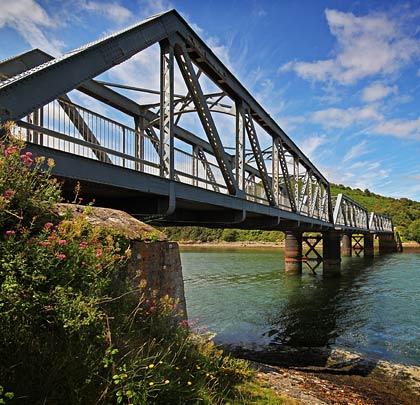
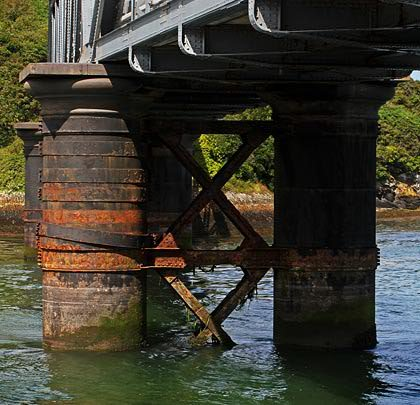
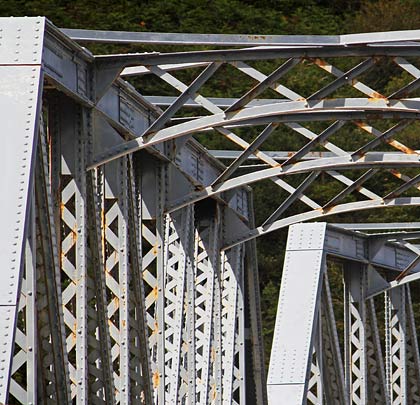
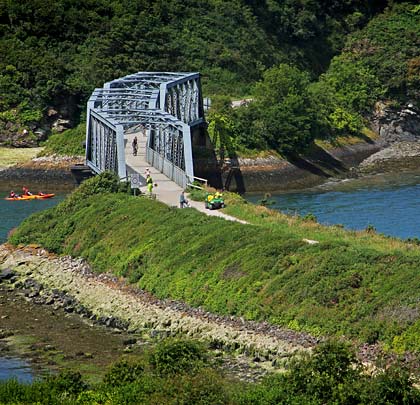
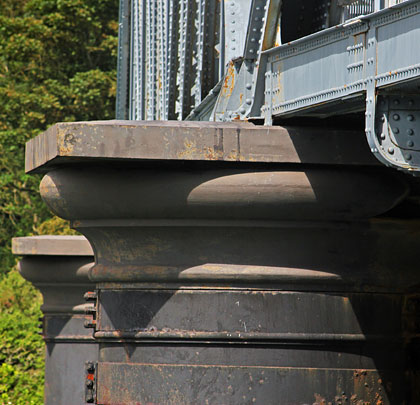
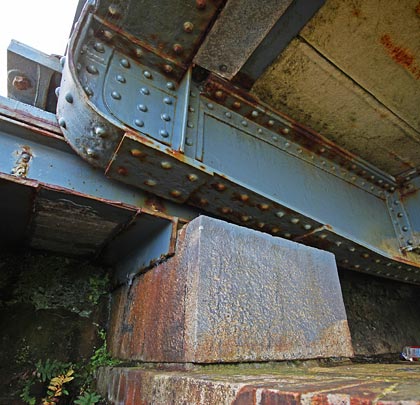
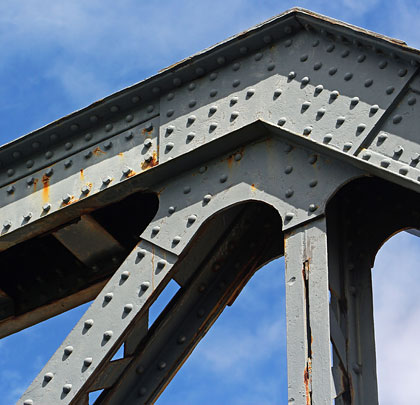
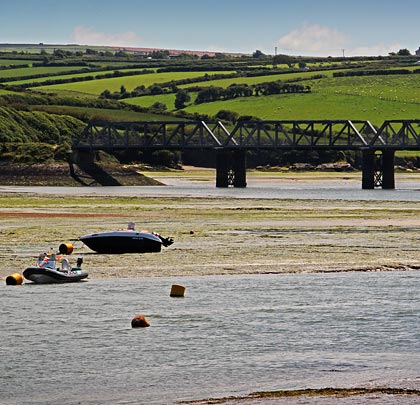
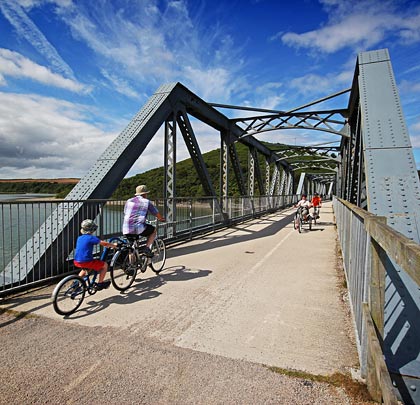
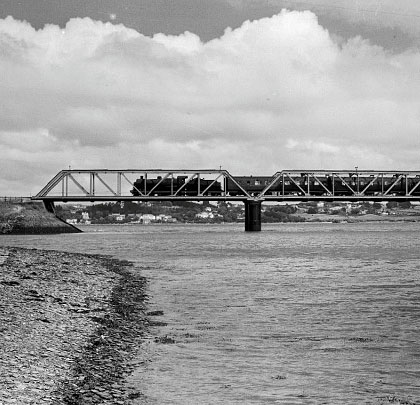
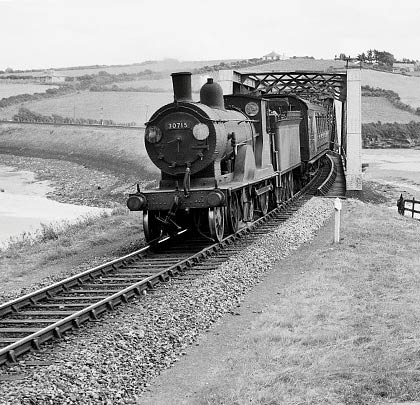











Through the 19th century, the Cornish fishing port of Padstow was hampered by a lack of land connections to its distant markets. The London & South Western Railway – although prevented from encroaching into the area by agreements with the Great Western – encouraged the nominally independent North Cornwall Railway company to develop a meandering route of almost 50 miles that would connect the L&SW network at Hawill to Padstow via Launceston, Camelford and Wadebridge.
Authorised by an Act of Parliament on 18th August 1882, construction was progressed in stages, reaching the 15 miles to Launceston in July 1886. The onward eight miles to Tresmeer opened on 28th July 1892; Camelford was entered in August 1893 and Delabole two months later. It was 1st June 1895 before the 11-mile section to Wadebridge saw its first traffic.
The final piece of the jigsaw, taking the line to Padstow, was delayed as the company contemplated whether or not to add an extension south towards Truro. They decided against it, but too late for the original enabling Act; another had to be obtained on 20th July 1896. Messrs Galbraith and Church acted as engineers for the route.
Work got underway in December with the erection of temporary staging over Little Petherick Creek, a mile south-east of Padstow. This facilitated construction of a bridge comprising three spans of 133 feet each, curving to the north on a radius of about 20 chains. It was built by contractors from Derby, Messrs Eastwood Swingler & Co. The spans are formed of two Pratt trusses, together with nine cross girders and three wind braces, giving a deck width of 16 feet 3 inches. Two rail bearers are also provided. The ironwork was brought by rail to Wadebridge before being carried on barges to site down the River Camel. Each truss weighs 350 tons.
Heading towards Padstow, the structure is approached on a 230-yard embankment, protected by revetments. This incorporates a brick and slate arched bridge at its east end.
The main bridge’s abutments are formed in brick and concrete. Supporting the spans are two piers incorporating pairs of cast iron cylinders, 8 feet in diameter and at 18 feet 3 inch centres. These are braced at the top. Rail level is approximately 85 feet above bedrock, 30 feet above the river bed and 16 feet above high water level. At the top of the cylinders are granite bedstones and cast iron bearings.
The contractor experienced considerable difficulty assembling the piers. Each 200-ton cylinder was loaded with a 50 ton weight, causing it to sink through the river silt. With bedrock found, the mud was then excavated using grabs, sometimes taking 48 hours to progress just one yard down. When the water had been pumped out and the interior cleaned, they were then filled with concrete.
Padstow’s rail connection was made on 23rd March 1899. Closure of the route was triggered by Beeching’s ‘reshaping’, with the Wadebridge West-Padstow section last seeing trains on 30th January 1967.
The trackbed over the bridge now forms part of the 18-mile Camel Trail, which attracts around 350,000 users annually. Initially a narrow wooden walkway accommodated the path, but the bridge has since been refurbished and a full-width deck installed.







